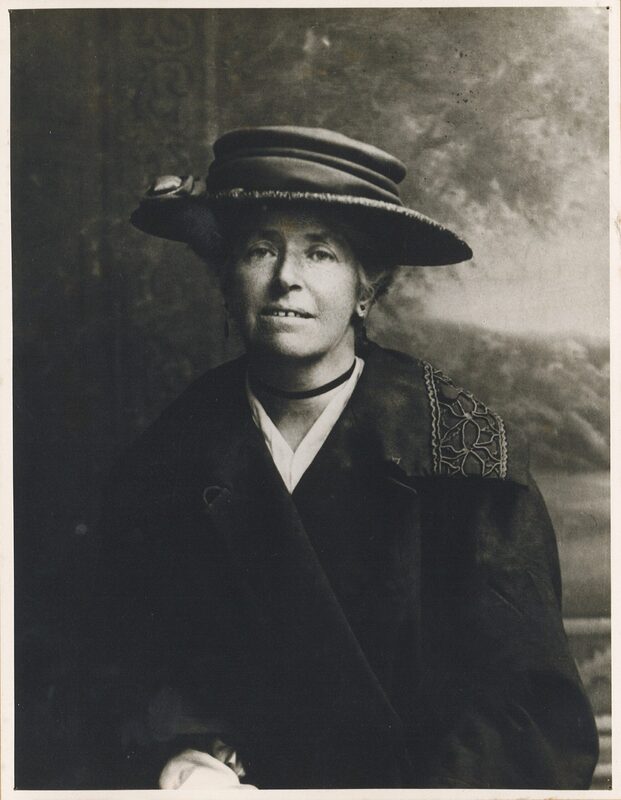Introduction
Anthropology is the study of people and their culture. Anthropology has four subfields, one of which is archaeology. Archaeology is the study of past people through historical and material remains. Archaeologists perform research, surveys, and systematically excavate historical sites to uncover artifacts, human remains, and more. During the emergence of modern archaeology in the 20th century, it was a field dominated by white men. Anthropology and archaeology developed strongly as white colonialist fields of study, which means that they justified colonizing and “civilizing” people that they deemed to be uncultured through their research. Because of this, one of the main focuses of modern anthropology is the concept of decolonizing.
Decolonizing involves repatriating and returning cultural items, artifacts, and remains to local and Indigenous communities that were affected by colonialism. For anthropology, decolonizing also involves giving space to the people who were often left out of the narrative, working with local communities, giving credit to local communities, and making publications available for people who often do not have access. These actions can create space for change and change can move us towards a more collaborative and respectful version of anthropology. Modern archaeology has many current participants that are working on decolonizing the field, but there are still steps to take.
Jean Dieulafoy, Maud Cunnington, and Jacquetta Hawkes, as seen in Figures 1, 2, and 3, were three archaeologists from the nineteenth and twentieth centuries who focused on making their work public. While decolonizing was not a focus of their work and they were not actively participating in decolonizing, they were engaging with diversifying they field. This diversification would lead to further intersectionality in the field and the beginnings of decolonizing. Their work in the field contributed to how we understand archaeology today.
The first women archaelogists, like Dieulafoy, Cunnington, and Hawkes, paved the way for many modern archaeologists. These women not only encountered, but also worked through misogynistic gender expectations, rumors of lesbianism, and exclusion. They proved their skill and intelligence by continuing their work and publishing their drawings, journals, photographs, and more. While these women worked very hard, they had privileges that allowed them to enter the field. Dieulafoy, Cunnington, and Hawkes are white women with money, an education, and husbands who supported their work and worked with them.
The inclusion of women into the field of archaeology brought about change, diversity, and a focus on making archaeological work more accessible. This exhibit will recognize their work and their influence on archaeology. Additionally, it will highlight their important discoveries and how their contributions led to decolonizing and intersectionality in archaeology.


